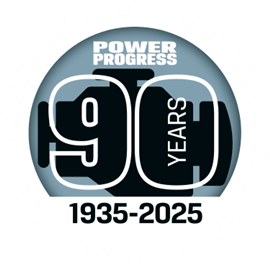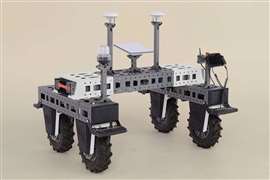Read this article in Français Deutsch Italiano Português Español
Hyliion proves power generation is at its Core
10 July 2025
Hyliion didn’t start out specializing in power generation. Rather, the Texas-based company – whose name combines “Hybrid + Lithium + Ion” – was founded in 2015 by now-CEO Thomas Healy, centered around hybrid electric drivetrains for Class 8 trucks.
POWER SOURCING GUIDE
The trusted reference and buyer’s guide for 83 years
The original “desktop search engine,” guiding nearly 10,000 users in more than 90 countries it is the primary reference for specifications and details on all the components that go into engine systems.
Visit Now
STAY CONNECTED




Receive the information you need when you need it through our world-leading magazines, newsletters and daily briefings.
CONNECT WITH THE TEAM













